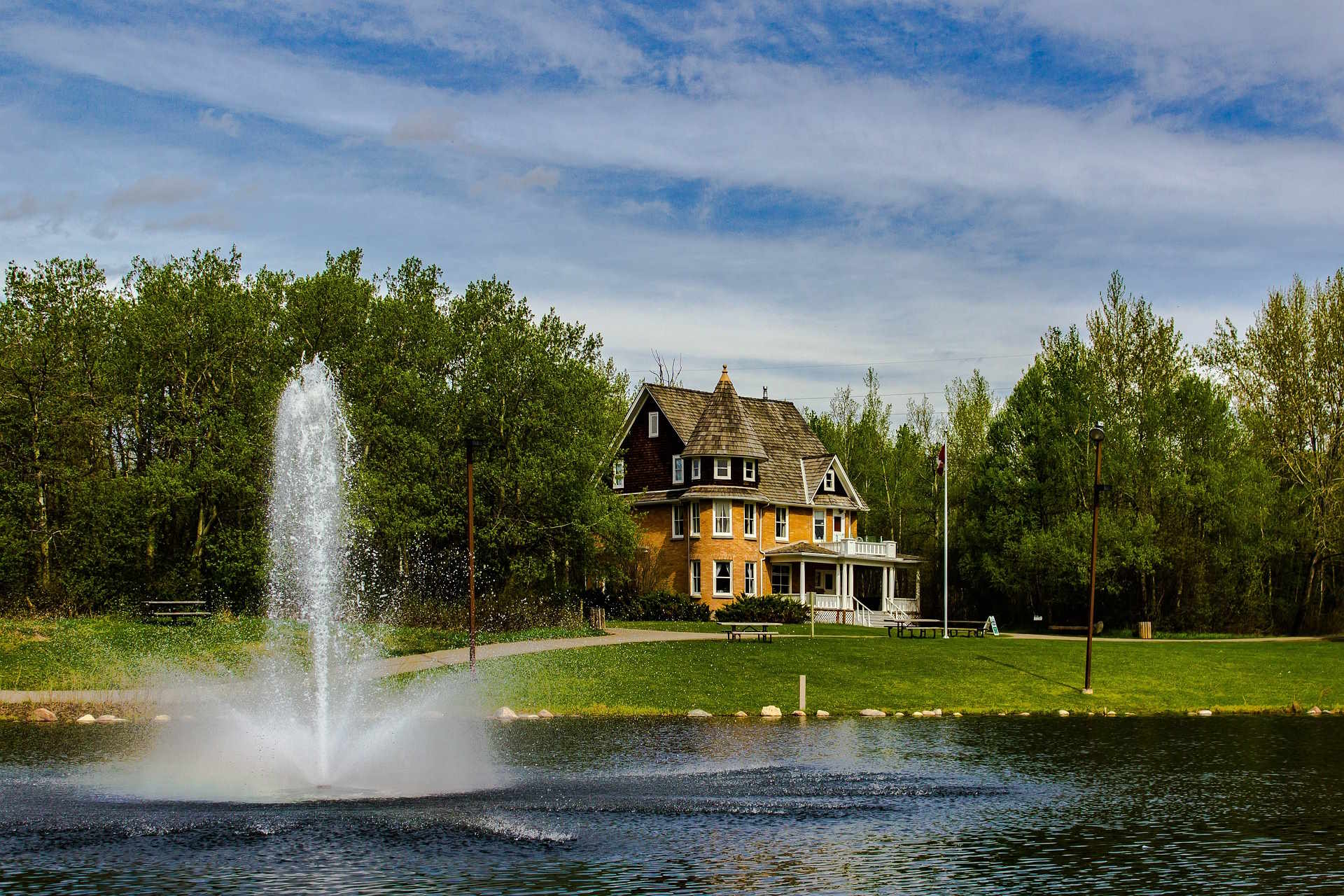Acoustic Gardening: Harmonizing Nature's Sounds in Your Backyard
The gentle rustling of leaves, the soothing trickle of water, and the melodious chirping of birds – these are the symphonies of nature that often go unnoticed in our busy lives. But what if we could intentionally design our outdoor spaces to amplify these natural sounds, creating a harmonious auditory experience right in our own backyards? Welcome to the world of acoustic gardening, a innovative approach that marries landscape design with the science of sound to orchestrate a truly immersive outdoor environment.

The Origins of Acoustic Gardening
The concept of acoustic gardening isn’t entirely new, but its recent resurgence and formalization as a distinct approach to landscape design marks a significant shift in how we think about outdoor spaces. Historically, gardens have always been places of sensory pleasure, with visual aesthetics taking center stage. However, the deliberate manipulation of sound in garden design can be traced back to ancient civilizations.
In classical Chinese and Japanese gardens, the placement of water features and wind chimes was carefully considered not just for their visual appeal, but for the ambiance they created through sound. Similarly, European formal gardens of the Renaissance period often incorporated fountains and cascades, recognizing the soothing effect of flowing water.
The modern concept of acoustic gardening, however, goes beyond these traditional elements. It incorporates a deeper understanding of acoustics, plant biology, and environmental psychology to create spaces that are not just visually stunning, but aurally captivating as well.
The Science Behind Acoustic Gardening
At its core, acoustic gardening is based on the principles of sound propagation and manipulation. Different materials and surfaces in a garden affect how sound travels and is perceived. Hard surfaces like concrete or stone reflect sound waves, while softer materials like grass or mulch absorb them. By strategically placing these elements, gardeners can control how sound moves through the space.
Plants play a crucial role in acoustic gardening. Different types of foliage create different sounds when rustled by the wind. For instance, the leaves of a poplar tree produce a distinct fluttering sound, while bamboo creates a gentle, hollow clatter. Understanding these characteristics allows designers to create a diverse and engaging soundscape.
Water features are another key component of acoustic gardens. The sound of water can be manipulated by adjusting the height of falls, the volume of flow, and the surface onto which water lands. A thin stream falling onto a flat stone surface creates a different sound than a larger volume cascading into a deep pool.
Designing Your Acoustic Garden
Creating an acoustic garden requires a thoughtful approach to layout and plant selection. Here are some key considerations:
-
Zoning: Divide your garden into different acoustic zones. Create areas of activity where livelier sounds are welcome, and quiet zones for relaxation and contemplation.
-
Plant Selection: Choose plants not just for their visual appeal, but for their acoustic properties. Grasses, for example, create a gentle rustling sound in the breeze, while trees with large leaves can amplify wind sounds.
-
Water Features: Incorporate a variety of water elements. A bubbling brook creates a different ambiance than a cascading waterfall or a still pond with occasional drips.
-
Wind Chimes and Bells: Strategically place wind chimes or bells to add melodic tones to your garden’s symphony.
-
Hardscaping: Use hard surfaces sparingly and strategically. A gravel path can add an interesting crunching sound underfoot, while walls can be used to reflect or absorb sound as needed.
The Benefits of Acoustic Gardening
Acoustic gardening offers more than just aesthetic pleasure. Research has shown that natural sounds can have significant positive effects on mental health and well-being. The sound of nature has been linked to reduced stress levels, improved cognitive function, and enhanced mood.
Moreover, acoustic gardens can create habitats that attract a diverse range of wildlife, particularly birds. By designing spaces that are sonically appealing to various species, you can increase biodiversity in your garden, creating a thriving ecosystem right in your backyard.
Challenges and Considerations
While acoustic gardening offers exciting possibilities, it’s not without its challenges. Urban environments, in particular, present obstacles in the form of ambient noise pollution. Designing an acoustic garden in a city might require additional elements like sound barriers or masking sounds to create the desired effect.
Climate and seasonal changes also play a role. A garden designed for the sounds of summer may be less effective in winter when deciduous trees have lost their leaves and water features might be frozen.
The Future of Acoustic Gardening
As our understanding of psychoacoustics and environmental design grows, we can expect to see acoustic gardening evolve in exciting ways. Integration with smart home technology could allow for dynamic soundscapes that change throughout the day or respond to weather conditions.
There’s also potential for acoustic gardens to play a role in urban planning and public spaces, offering pockets of auditory respite in busy cities. As we become more aware of the impact of our sonic environment on our well-being, acoustic gardening could become an essential aspect of landscape architecture and urban design.
Acoustic gardening represents a fascinating intersection of art, science, and nature. It challenges us to think beyond the visual aspects of our outdoor spaces and consider how we can create environments that engage all our senses. By harnessing the power of natural sounds, we can transform our gardens into immersive, multi-sensory experiences that not only please the eye but soothe the soul. As this innovative approach continues to gain popularity, it promises to reshape our relationship with our outdoor spaces, one sound at a time.





